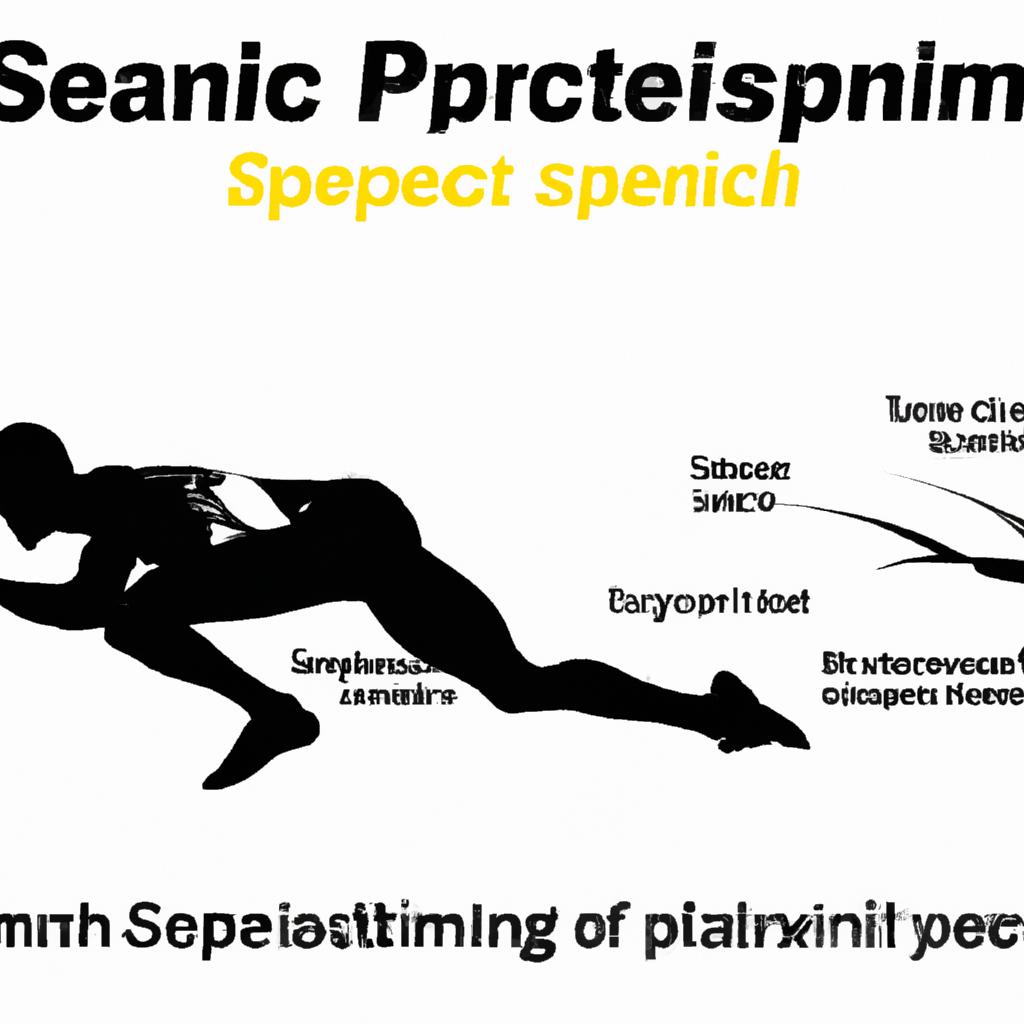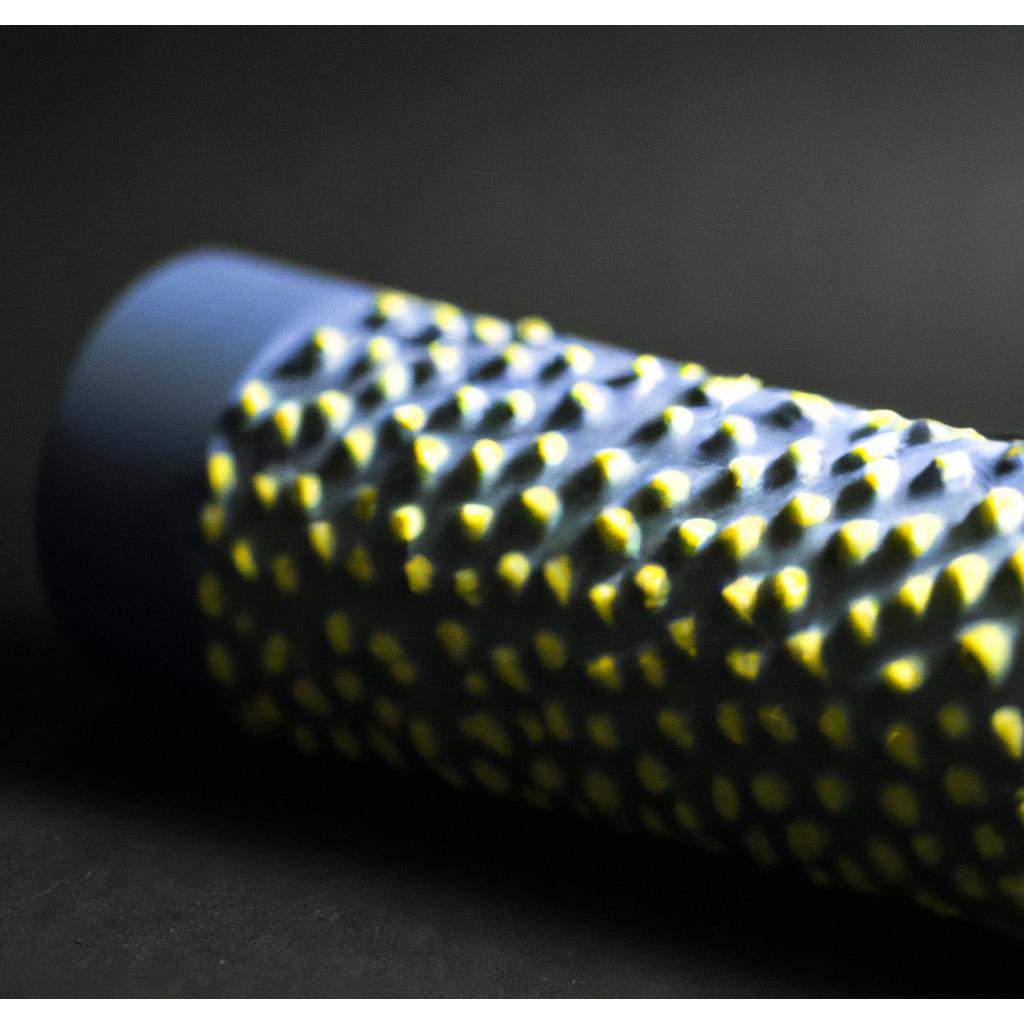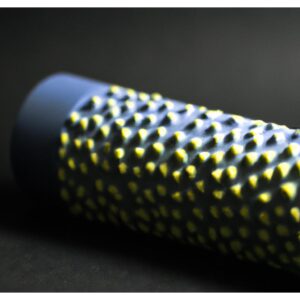**”The Role of Sprint Mechanics in Injury Prevention: Understanding Biomechanics to Enhance Speed and Safety”**
# The Role of Sprint Mechanics in Injury Prevention: Understanding Biomechanics to Enhance Speed and Safety
Sprint mechanics is a critical aspect of athletic performance, particularly for track and field athletes and sports that require explosive speed. However, sprinting is not just about going fast; it also involves complex biomechanics that can significantly impact an athlete’s risk of injury. By understanding the role of sprint mechanics in injury prevention, athletes can enhance their speed while minimizing the risk of injury. This blog post delves into the key principles of sprint mechanics, offers nutrition and exercise advice, highlights the health benefits of proper sprinting techniques, and concludes with insights on how to integrate these elements into your training regimen.
## Understanding Sprint Mechanics
### The Biomechanics of Sprinting
Sprint mechanics encompass the coordination of various body segments during the running motion. Key components include:
– **Posture**: Maintaining an upright position with a slight forward lean helps optimize energy expenditure.
– **Arm Swing**: Proper arm movement aids in maintaining balance and generating forward momentum. Arms should move in sync with the legs, driving back during leg extension and forward as the knee lifts.
– **Leg Drive**: The action of the legs during sprinting includes a powerful push-off phase and an efficient recovery phase. A strong leg drive propels the athlete forward, while an effective recovery minimizes ground contact time.
– **Foot Strike**: The way the foot strikes the ground can influence energy transfer and injury risk. Ideally, sprinters should aim for a midfoot strike to balance speed and stability.
### Common Sprinting Injuries
Despite the benefits of sprinting, improper mechanics can lead to various injuries, including:
– **Hamstring Strains**: Often caused by inadequate strength or flexibility, these injuries can occur during rapid acceleration.
– **Ankle Sprains**: Poor foot placement or uneven surfaces can lead to sprains during sprinting.
– **Knee Injuries**: Misalignment or overuse can result in patellar tendinitis or other knee-related injuries.
Understanding these mechanics can provide athletes with the tools to mitigate risks while enhancing their overall performance.
## Nutrition Tips for Sprinters
Proper nutrition is vital for optimizing sprint performance and reducing injury risk. Here are some essential nutrition tips:
### Fueling for Performance
– **Carbohydrates**: Ensure a diet rich in complex carbohydrates (whole grains, fruits, and vegetables) to provide lasting energy for sprint workouts.
– **Protein**: Include lean proteins (chicken, fish, legumes) to aid muscle recovery and growth.
– **Hydration**: Staying hydrated is crucial for maintaining peak performance. Drink water before, during, and after workouts to prevent dehydration.
### Timing Your Meals
– **Pre-Workout Nutrition**: Consume a carbohydrate-rich snack 30 to 60 minutes before sprinting to boost energy levels. A banana with nut butter or a granola bar can be effective.
– **Post-Workout Recovery**: After sprinting, opt for a meal that combines carbohydrates and proteins to replenish glycogen stores and promote muscle recovery.
## Exercise Advice for Injury Prevention
Integrating specific exercises into your training routine can help reinforce proper sprint mechanics and reduce the likelihood of injury. Consider the following:
### Strength Training
Incorporate strength training exercises that target the core, hips, and legs. Key exercises include:
– **Squats**: Strengthen the quadriceps, hamstrings, and glutes.
– **Deadlifts**: Build posterior chain strength, crucial for powerful leg drives.
– **Lunges**: Improve balance and coordination while targeting multiple muscle groups.
### Flexibility and Mobility Work
Maintaining flexibility is essential for optimal sprint mechanics. Incorporate dynamic stretches before workouts and static stretches afterward. Focus on:
– **Hip Flexor Stretches**: Improve range of motion in the hip joint.
– **Hamstring Stretches**: Increase flexibility in the posterior chain.
– **Calf Stretches**: Prevent tightness that could lead to injury.
### Drills for Sprint Mechanics
Practice specific drills to reinforce proper sprint mechanics:
– **A-Skip and B-Skip Drills**: Focus on knee lift and foot placement.
– **Acceleration Drills**: Practice short sprints to improve explosiveness and mechanics.
## Health Benefits of Proper Sprint Mechanics
Enhancing sprint mechanics not only improves speed but also brings a multitude of health benefits:
– **Injury Prevention**: Proper mechanics reduce the risk of common sprinting injuries.
– **Enhanced Performance**: Optimized biomechanics lead to improved running efficiency and speed.
– **Increased Cardiovascular Health**: Sprinting serves as an excellent cardiovascular workout, promoting heart health and overall fitness.
– **Improved Mental Resilience**: Training to enhance mechanics can bolster mental toughness, as athletes learn to push through physical challenges.
## Conclusion
Understanding the role of sprint mechanics in injury prevention is essential for athletes looking to enhance their speed and overall performance. By focusing on the biomechanics of sprinting, maintaining proper nutrition, incorporating strength and flexibility training, and practicing specific drills, athletes can optimize their sprinting technique while minimizing the risk of injury. Ultimately, mastering sprint mechanics is not just about speed but also about ensuring a long, healthy athletic career. So lace up your shoes, focus on your form, and remember that every sprint is an opportunity to learn and grow as an athlete!















Post Comment